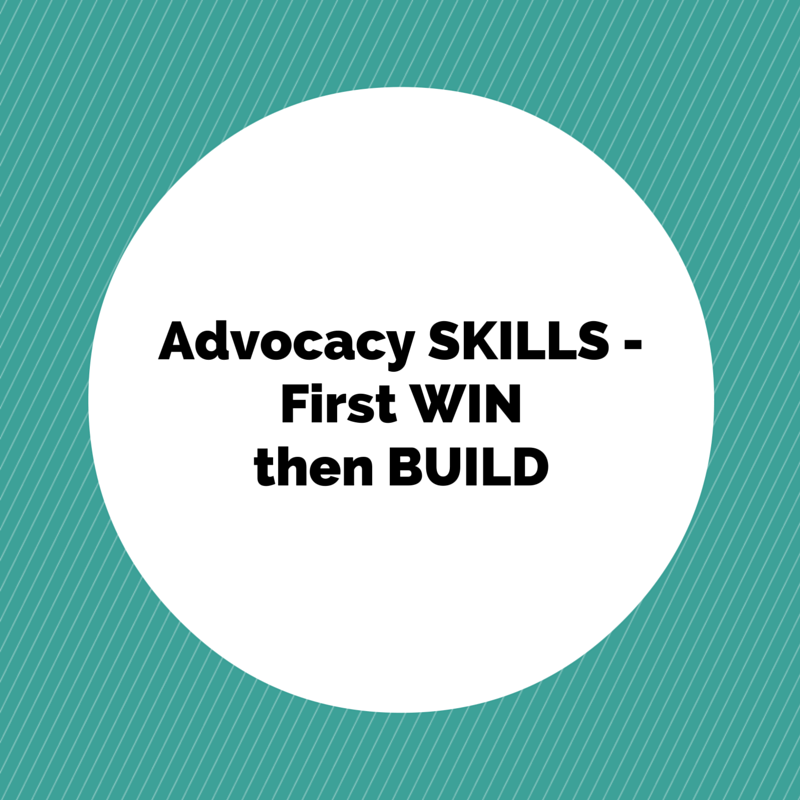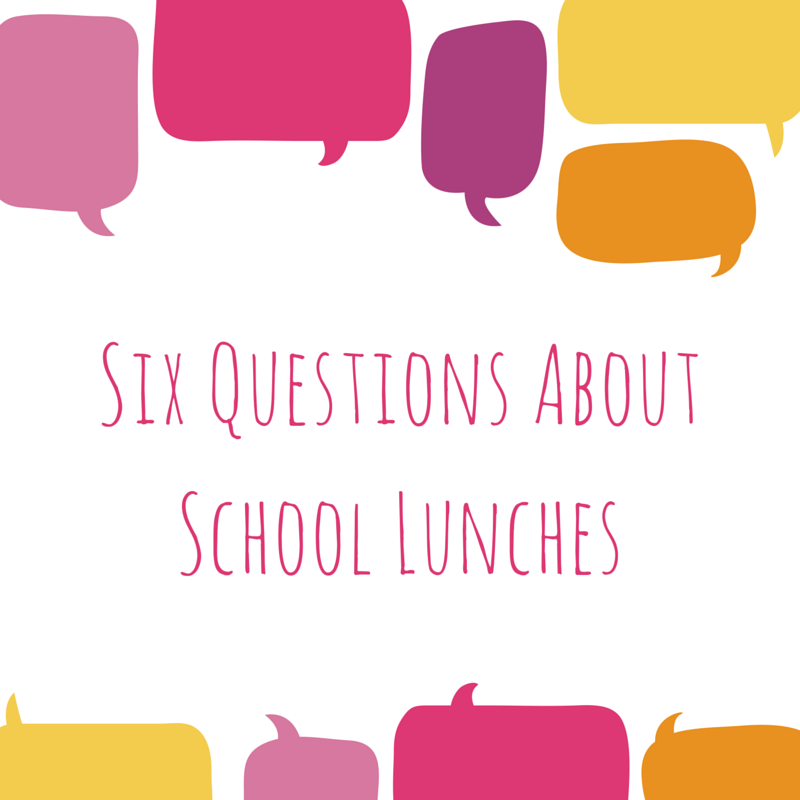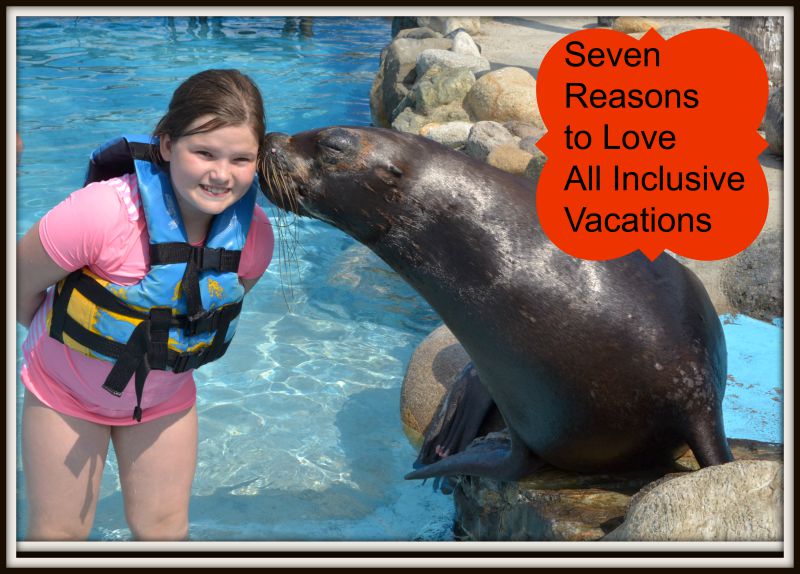
Advocacy – WIN THEN BUILD Philosophy
This is something I share when I do workshops throughout North America on advocacy. But because I know so many friends with children who can use this information I thought I would post a tipsheet on the topic. I call it the WIN then Build philosophy of advocacy. I run a non profit (Canadian Coalition of Adoptive Families http://www.canadiancoalitionofadoptivefamilies.ca/) in which I often use these tactics and I am a Mom and I have a child with special needs. This is what works my experience. Of course there’s more than one way to make things happen but this worked well for our group back in 2007.
1. W is for WIN. Start with an identifiable and winnable goal. (whether it be changing the school curriculum or changing provincial or national legislation. When we worked on reforming Bill 183 in Ontario – the Adoption Disclosure Bill we chose a very small clause inside a much bigger bill to change because we knew it was attainable. This is especially essential when starting out. If working to change a law for instance look very closely at the clauses. Pick one or two.)
2. I is for IDENTIFY. Identify key members of your team. We started with a group of moms. Amongst us we had a veteran foster parent with 30 years experience, a public relations whiz, and myself a writer/journalist. The three of us did the lion‘s share of the work, because we had the skills to get it done. It’s okay to be a small number of people.
3. N is for NAME: Pick a winning, clear name for your group. Think of it as your calling card. It should be concise and smart. If you want to make your group into a non-profit at some point do a web search.
BUILD
4. B is for BUILD credibility. (Get your name out there. Start with a newspaper campaign or a telephone campaign. Even letters to the editor. Get people talking.) Advertise any way possible. (UPDATED – Now we use social media extremely well for this purpose.)
5. U is for UNDERSTAND. This is the phase where you need to do some research. Ask how do I make this happen? Don’t be afraid to ask people along the way where do I go next? This will help with clarity of focus. Ask yourself – who is the person that can make this change for us or for my child. SEEK mentors if you need to or think this may help.
6. I is for I AM THE EXPERT. (or we are the experts). Don’t assume politicians have any knowledge whatsoever of what it’s like to be in the trenches with a raging, biting attachment disordered explosive adoptive child. Describe it and remember it is your job to show them why you are fighting for change. Personalize it and sell it.
7. L is for LOBBY. Now that you have determined who can grant your wish, find out when and where to approach them. The Internet is a great tool for getting quick answers to MPPs, MPs, email or constituency addresses. Always seek out personal opportunities to meet if at all possible. FACETIME. Whether with teachers, school board members or politicians. Maybe an MP is having a constituency meeting. GO. Maybe a particular issue is being studied and area social agencies are going to be consulted at a roundtable type of session. Get yourself, or your group on the panel. If that’s not possible go sit in the audience and make sure you introduce yourself and ask a question or make your point.
8. D is for the Don’ts: Don’t VEER off topic. Stay focused and on task. They call it on message. You lose credibility when you lose focus. You may only have one chance to do it right. One ask. Don’t be emotional if at all possible, stay regulated. Don’t be belligerent. Don’t be negative and forget your manners. Don’t speak in the 2nd person pronoun: You forgot You need to. I statements are much less in your face.





One Comment
Skees
Permission to post at http://www.canadiancoalitionofadoptivefamilies.ca?
Lee-Ann